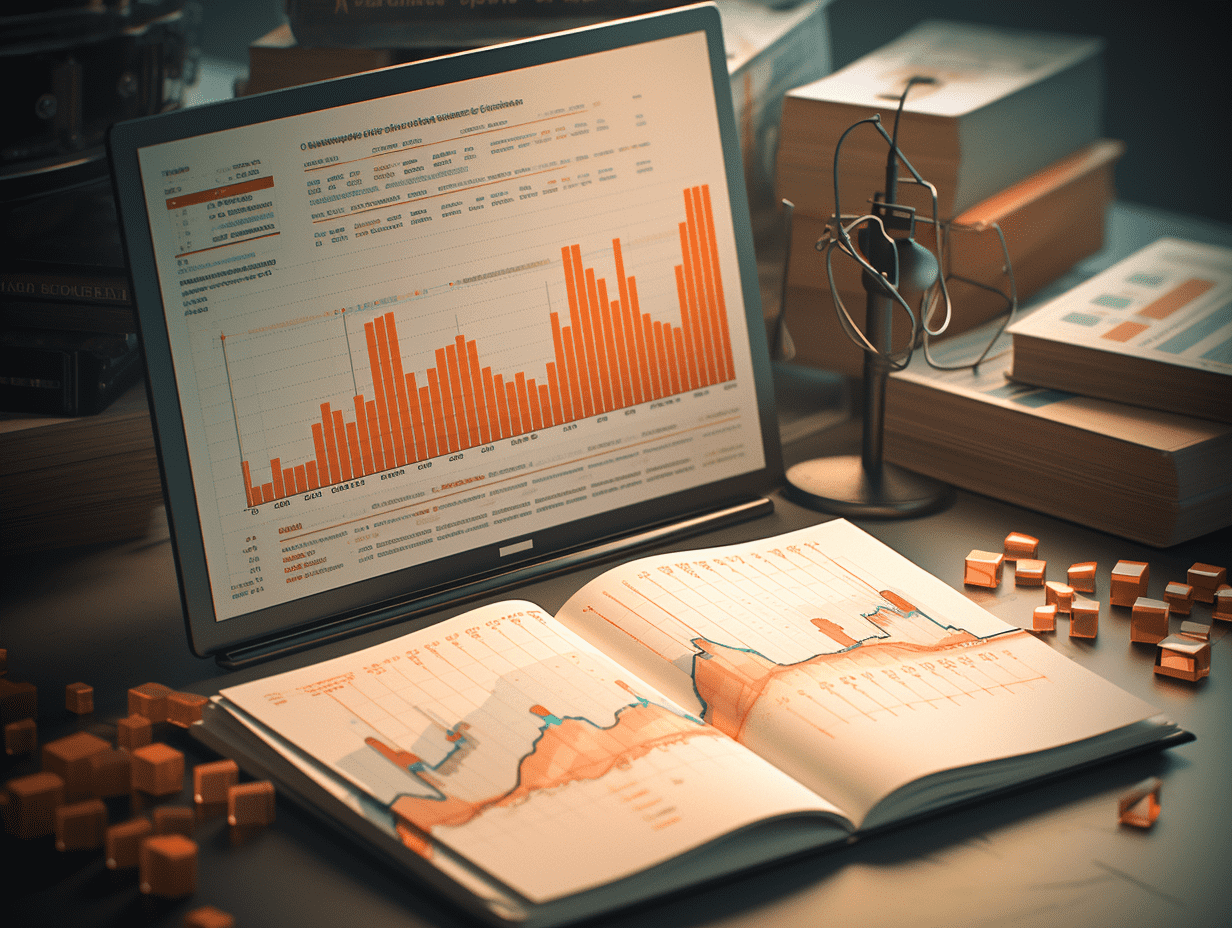"Tit-for-Tat Tariffs 2.0" is coming: Starting at 15%, and could go up to 50%! As the market bets big, Trump's tariff strategy is also escalating.
Trump said that countries will face tariffs ranging from 15% to 50%. The higher the "TACO feast" gets, the higher the tariffs Trump will wield. Trump unveiled a global tax list of 15%-50%, and the stock market gamble instantly turned into a battlefield of demons.
President Donald Trump of the United States stated that before the deadline of August 1, when setting the so-called equivalent tariff rate, the rate would not be lower than 15%. This indicates that the Trump administration is raising the lower limit of the tariffs imposed, with the benchmark rising significantly from the 10% imposed after "Liberation Day", which led to a market crash.
"We will impose direct and simple tariffs ranging from 15% to 50% on them." Trump said on Wednesday in Washington at a global-focused artificial intelligence summit. "There are several countries - the reason for 50% is because our relationship with those countries is not very good."
Trump stated that the starting point for equivalent tariffs is 15%, as he attempts to impose tariffs on almost all American trading partners, and once again indicates his intention to impose tariffs on countries that have not yet reached a trade agreement framework with Washington.
Earlier this month, Trump stated that over 150 countries globally would receive a letter stating that the tariff rate would be "possibly 10% or 15%, we haven't fully decided yet." Compared to the previously revealed expectations, this is an increase, with the US Commerce Secretary Howard Lutnick stating in a CBS News interview on Sunday that the benchmark tariff for small trading countries, including "Latin American countries, Caribbean countries, and many African countries," would be 10%. When Trump first announced the global equivalent tariffs in April, he proposed a uniform 10% tariff on almost all countries.
Although Trump and his policy advisors initially hoped to finalize multiple trade agreements, the US president has always claimed that these tariff letters themselves are "agreements," and hinted that he has no intention of engaging in repeated trade negotiations. However, he still provides the possibility for countries to reach agreements to significantly reduce tariff rates.
On Tuesday, Trump announced a significant reduction of the 25% tariff on Japan to 15%, as Japan lifted restrictions on certain American products and agreed to support an investment fund of up to $550 billion. Other countries, including South Korea, India, and EU member states, are still working to reach an agreement before the higher equivalent tariffs go into effect on August 1.
On Wednesday, Trump stated in an interview that he would implement "very, very simple tariff rates on certain countries, because there are too many countries that have not reached trade agreements." "We cannot negotiate agreements with every country."
However, he also stated in the interview that trade negotiations with the EU are "very serious," emphasizing that if the EU agrees to open up to American companies, the US would allow lower equivalent tariff rates. "If they agree to open up this alliance to American companies, then we will let them pay a lower equivalent tariff rate," Trump said in the interview.
For global stock markets, the risk lies in: The more the market bets on the TACO strategy, the more Trump dares to impose tariffs.
The current record-breaking US stock market and MSCI global stock index are caught in an extremely dangerous policy feedback loop - the market's indifference or disregard to Trump's tariff policy is providing room for the Trump administration to further increase tariffs.
The current Trump "Equivalent Tariffs 2.0" heavyweight strike may not trigger a significant sell-off among investors, as they are already familiar with the TACO strategy and are betting that either the US government will withdraw tariff threats, or even if implemented, the policy will not be as tough as Trump's threats and not enough to significantly drag down the US economic expansion.
The term TACO was created by a columnist from the Financial Times, describing Trump's oscillation on tariff issues after his speech on "Liberation Day" on April 2, in which he ultimately chooses to back down, leading to a major rebound in the stock market. When asked about "TACO" in a press conference, Trump angrily dismissed the question as "vicious."
The "TACO" strategy has now been widely adopted by traders as the hottest trading strategy, as whenever Trump issues new, more aggressive tariff threats that cause market turmoil, investors bet that he will eventually back down or that the actual policy will be much weaker than Trump's verbal threats, allowing them to aggressively buy low and anticipate a significant rebound in the stock market in the near future.
Based on the "TACO" strategy, even if Trump announces that he will impose tariffs of up to 50% on the EU and threatens to increase tariffs on steel, aluminum, and even copper, which the US has long relied on for imports, to 50% this week, the market does not experience significant downturn volatility, but rather a slight shake before opening a new round of upward momentum under the influence of buying on the dip.
"Investors are actually too confident in the idea that 'Trump will always back down.'" David Lebovitz, global multi-asset strategist at J.P. Morgan Asset Management, said. "The market seems to be testing its limits to see how far it can push the risks before they start to crack."
"The market has risen too rapidly," said Christina Hooper, chief market strategist at Invesco. She suggested shifting to markets with more attractive valuations and higher diversification, such as European, UK, and Chinese stocks. "Disappointment is more likely to occur when stock pricing is near perfection."
Related Articles

Core durable goods orders in the United States unexpectedly fell by 0.7% in June, indicating a cooling in business capital spending intentions.

Trade agreement optimism ignites the market. Global equity funds see a rebound in weekly inflows.

Bank of America issues warning again: Global central banks "flooding" + regulatory easing increase stock market bubble risk.
Core durable goods orders in the United States unexpectedly fell by 0.7% in June, indicating a cooling in business capital spending intentions.

Trade agreement optimism ignites the market. Global equity funds see a rebound in weekly inflows.

Bank of America issues warning again: Global central banks "flooding" + regulatory easing increase stock market bubble risk.

RECOMMEND

After Eight Consecutive Rate Cuts, the European Central Bank Pauses as Expected; Future Policy Direction Remains Murky
25/07/2025

U.S. President Makes First Official Visit to the Federal Reserve in Nearly 20 Years—What Did Trump and Powell Say?
25/07/2025

New Categories of Air Conditioners in Short Supply, Sales of Ice-Packed Handheld Fans Surge, China’s “Cooling Big Four” Explode in Popularity Across Europe
25/07/2025


